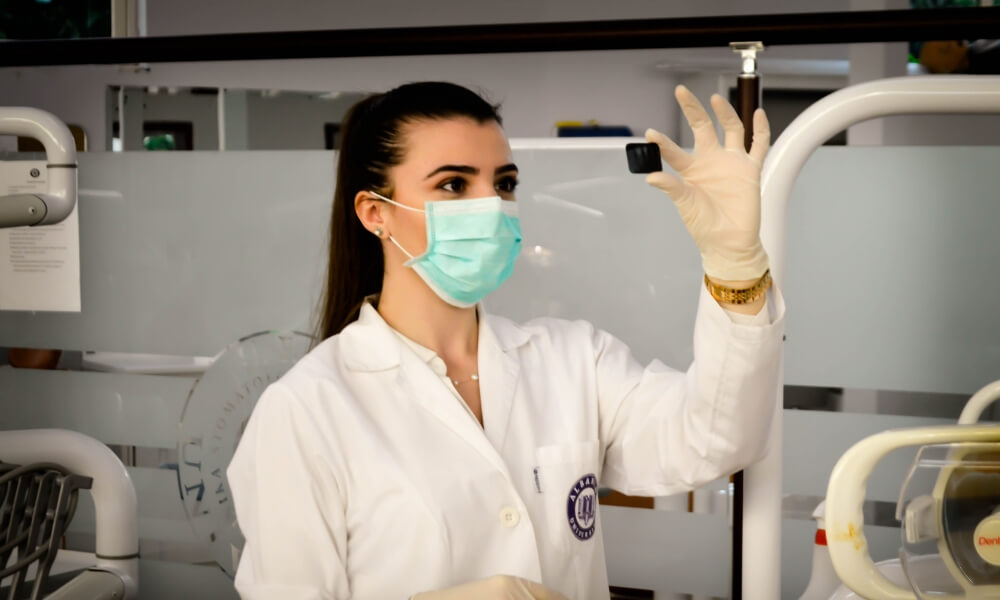Healing tendons and ligaments: What if 3D printing was the solution?
Posted By Kat Plewa on Dec 5, 2018 | 0 comments
Additive Manufacturing is bringing a new revolution in the medical field. We already talked about 3D printed skin, jaw reconstruction and even 3D printed heart! Now researchers are testing 3D technologies for healing tendons and ligaments. Sounds impossible? Find out how it’s done now!
Why the doctors are using 3D printing?
To be precise, using Additive Manufacturing in the medical sector is called bioprinting as the material used is usually organic. This is one reason to use 3D printing for medical applications. Thanks to the technologies, researchers can use natural materials and apply high customization, eliminating the risk of 3D printed organs or soft tissues being rejected.
Additive Manufacturing is very efficient which means that we could very quickly produce new organs and the waiting list for organ donors wouldn’t even exist. New organs or skin for burn victims could be 3D printed within hours at the hospital or in the field. Also, it could be a revolutionary development for scar tissue healing and general tissue repair. 3D printing could potentially save millions of lives every year and drastically speed up the healing process.
Bioprinting is also used for drug testing thanks to 3D printed soft tissues. Not only that but with Additive Manufacturing treatment testing is also improved as it allows for the producing of models of organs for the doctors to practice on. This application of 3D printing also improves education as young students can learn procedures in the most efficient way.
How can we use 3D printing for healing tendons and ligaments?
Knowing the benefits of 3D printing in the medical industry, you can surely see why researchers are keen on working with this technology. Scientists from the University of Utah have seen the potential of 3D printing as well. They developed a technology to 3D print ligaments and tendons tissue! How is it possible?
Damaged tendons and ligaments injuries are quite common across all ages. For example, it can be caused by sports injuries or from aging. Healing tendons and ligaments involves complicated procedures and are time-consuming. Surgeries are difficult as the connective tissue in tendons and ligaments is built of complex structures. Not only that, but they also must gradually shift to bone cells as the tissue has to be capable of attaching to the bone.
Assistant professor, Robby Bowles explains the importance of this development: ‘’It will allow patients to receive replacement tissues without additional surgeries and without having to harvest tissue from other sites, which has its own source of problems’’. This innovative idea also means faster recovery and quicker process of healing ligaments and tendons.
The solution to that problem lays in Additive Manufacturing. Researchers came up with a method of extracting stem cells from the patient’s body fat, which automatically eliminates the risk of rejection. The cells are used to 3D print on a layer of hydrogel in the shape of a tendon or ligament. They are then grown in vitro in a culture.
The researchers worked with a bio 3D printer by Carterra, normally used to print antibodies for cancer screening uses. However, they still had to develop on their own a special nozzle, capable of 3D printing the cells in a highly controlled way. To visualize the concept, the Utah University scientists 3D printed cells which were genetically modified to glow fluorescent color, this idea allowed them to see with a bare eye what structures the researchers printed.
The magic of 3D printing happens when it comes to structuring the 3D printed parts. Thanks to 3D technologies, the soft tissues can be highly customized, matching exactly the body of the patient. What that means is that not only the material is from the patient’s body, but also the form of the 3D printed soft tissues is custom-made matching exactly the patient’s needs. Not to mention how much faster the healing process of damaged tendons and ligament tissues will be. This whole process wouldn’t be possible without Additive Manufacturing.
Bowles referred to this development as “ a technique in a very controlled manner to create a pattern and organizations of cells that you couldn’t create with previous technologies. It allows us to very specifically put cells where we want them”.
3D printing truly can help to heal tendons and ligaments
As you see, the applications of Additive Manufacturing in the medical world are growing rapidly. 3D printing gives new design possibilities as it allows for the production of any structure. The shape of the design is no longer limited by the technology. Not only that but also the material is crucial during such procedures and 3D printing allows for it to perfectly match the patient’s body.
Have you heard about other amazing medical projects using 3D printing? Let us know in the comments, maybe next time we will write about your idea!
And don’t forget to sign up for our Newsletter and follow us on Facebook for the best 3D printing news!


 Connect with Google
Connect with Google Connect with Facebook
Connect with Facebook